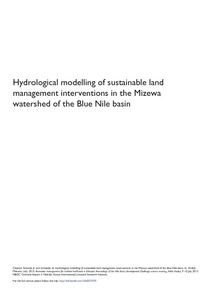Ideologies. Development models and irrigated land tenure: the bagré irrigation project in Burkina faso
This paper discusses the history of irrigation development and related land allocation in the Bagré area in the South of Burkina Faso. It specifically analyses current processes at play as part of the recent Bagré Growth Pole Project implemented by the government of Burkina Faso with support of the World Bank. The paper stresses the efforts made to put in place a fair and equitable compensation mechanism for the people being affected by the extension of the irrigated area downstream of the Bagré dam.






